
Running Horror with Atmosphere and Accessibility in 5E D&D with Van Richten’s Guide to Ravenloft
Van Richten’s Guide to Ravenloft is Wizards of the Coast’s newest setting book for fifth edition Dungeons & Dragons and it’s arguably the best release we’ve had so far. Much how Tasha’s Cauldron of Everything officially sanctioned many flavor customizations Van Richten’s Guide to Ravenloft contains several sections empowering Dungeon Masters and players to make 5E D&D their own. Among these options chapter 4’s Running Horror Games section provides guidance for preparation, during the session and afterward. This horror guide was phenomenal and easily makes the book worth picking up. I loved this section so much I made a whole video about how Van Richten’s Guide to Ravenloft completely changed how I run D&D forever.
Running horror games with atmosphere for 5E D&D
The Running Horror Games section opens with a postulation: horror is less about mechanics and more about atmosphere. If you think about some of your favorite horror movies you may begin to notice a pattern. The reason for the horror atmosphere is in part usually because something or someone isn’t playing by the rules, whether of society, of physics or the rules of the known world — reality itself.
Sometimes horror takes place in a very pleasant sort of venue, in which case the horror is frequently contrasted with the impending terrors or else it is a core part of the setting in a Stepford Wives sort of way. This is not Ravenloft. Ravenloft is a domain of mists and magic where your next door neighbor is just as likely to be a monster as you. In Ravenloft classic horror tropes like starless nights and dim candlelight are the flavor of the day.
Many of the Domains of Dread take inspiration from classic horror novels like Dracula, Frankenstein’s Monster, Dr. Jekyll & Mr. Hyde and many more. Even some Lovecraftian vibes would be incorporated into this setting. These stories lean heavily into the fear of the unknown and the horror of encountering monsters. As such Ravenloft is a setting where monsters are very real and many people have encountered them in their pasts.
When building your 5E D&D characters for Ravenloft ask yourself (and encourage fellow players to ask) what sort of monsters your character might encounter or might have had run-ins with in the past. Did this encounter shape who they are in some meaningful way?
- Accessibility. Part of building a mood is ensuring this mood is accessible to all players. For my game I play with friends face-to-face and we have a player who is legally blind. What’s more, I and another of my players have hearing impairments and we have two neurodivergent players as well. In order to set a horror mood immersive for all players I need to be aware of how I’m setting the mood and what resources I use to do so. Physical and mental impairments can be a hurdle to overcome when running any game but especially when it comes to horror. What’s more traumas and real world experiences can limit accessibility to the atmosphere of the game itself, but we’ll touch on this more later. The important thing to remember is the best way to build an effective atmosphere for horror is to make the atmosphere accessible to as many people in as many ways as possible.
- Location. When playing with a group with a diverse spectrum of needs (or any group for that matter) finding a location with minimal distractions is essential. Obviously you’re bound to have some distractions somewhere and depending on the individual needs of your players some distractions may prove unavoidable. For this bit it’s all about finding a balance that works for your group. Figure out what types of distractions are most disruptive and which ones can be ignored. You’re not likely to find a perfect scenario but by accommodating as much as possible you help immerse players into the horror mood you’re building for them.
- Music. Music can be really helpful for setting a horror vibe. Sound effects accomplish a similar goal. Speaking from experience I love using music and sound effects for immersion. While running a stream on Thursdays called Quill & Sword I use Syrinscape, which is a fantastic audio tool with a user friendly interface. The combination of never-looping music tracks and sound effects ensures the sounds don’t get repetitive even during prolonged scenes. The quality is through the roof and it’s even got a free version with more than enough to get you started. What’s more you only need to credit them appropriately and give a shoutout. In return Syrinscape lets you use their assets in public streams! There are dozens of free audio tools beyond this too, from ZapSplat to the YouTube audio library and more. With a bit of digging you can find a wealth of audio resources to enhance your 5E D&D games. [NERDITOR’S NOTE: Composer Clint Mansell creates some amazing musical scores I love to use for RPG background audio.]
- Lighting. Lighting can have powerful effects, especially with minis and terrain like Hero Forge. Even beyond the gaming table itself adjusting the lighting in the room with some colored bulbs, dimmers or other effects can be truly powerful. Candlelit D&D, anybody? Adding candles can give a powerful effect and the bonus of scent can further enhance your immersion factor.
- Props. As I mentioned above I have a face-to-face 5E D&D group with a lot of accessibility needs. Lighting isn’t something I can toy with too much and sound is a struggle because some people feel pain at volumes that are the baseline accessible to others. This is where props come in. Whether you pick up a cool knick knack at your FLGS, thrift store or DIY the props yourself, having physical objects for your players to hold and interact with can be a really special experience. If you find something like a 3D puzzle or other interactable prop mirroring something in the game it can make for some really fun interaction at the game table. The Tarokka Deck and Spirit Board are excellent examples of this.
Distractions and the Dungeon Master
I did touch on this above but sometimes something one player needs for accessibility is a serious distraction for another player. The DM is the ultimate referee and balancer in these situations. This goes doubly so for the table itself.
What’s more, sometimes the distractions can come from the themes or the horror itself. Some people have real world traumas that can distract from enjoyment of the genre. In our previous post on preparing for horror games I wrote about content surveys and consent. This is hugely important on multiple levels and it can help avoid harmful distractions during the game.
Sitting down as a group during session zero and establishing what compromises can be made is a fantastic way to establish a baseline of rapport and to demonstrate mutual respect and care. Try to be as fair as possible here and understand different people have different needs. Accommodate disabilities and strive to achieve the sweet spot of balance for the group as a whole.
What do you think of Van Richten’s Guide to Ravenloft?
How do you run horror games in 5E D&D? Have any tips we haven’t covered here? Comment below or connect with us on Facebook!
*Featured image — During a seance, a spirit makes itself known to the Keepers of the Feather. Van Richten’s Guide to Ravenloft includes resources to make sure your 5E D&D game is both spooky and safe in ways right for your specific group. [Image courtesy Wizards of the Coast]




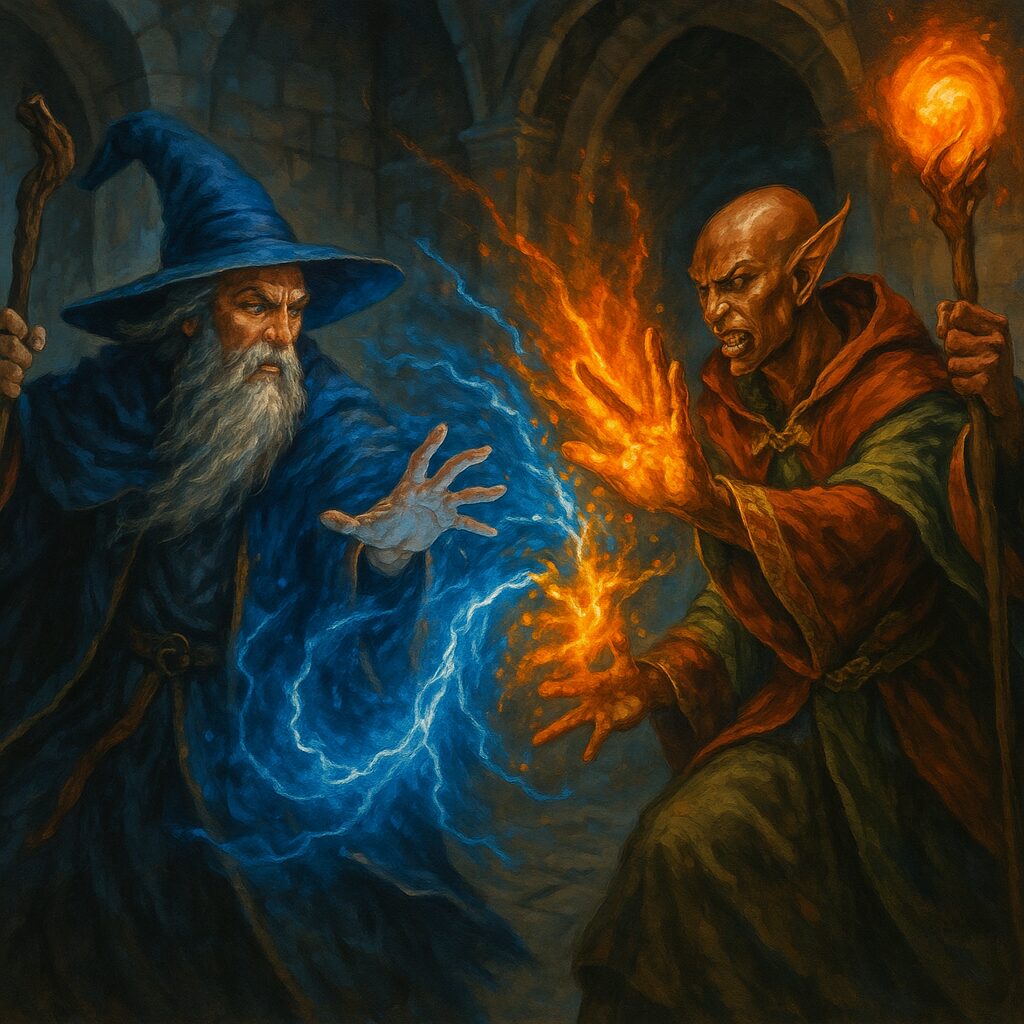
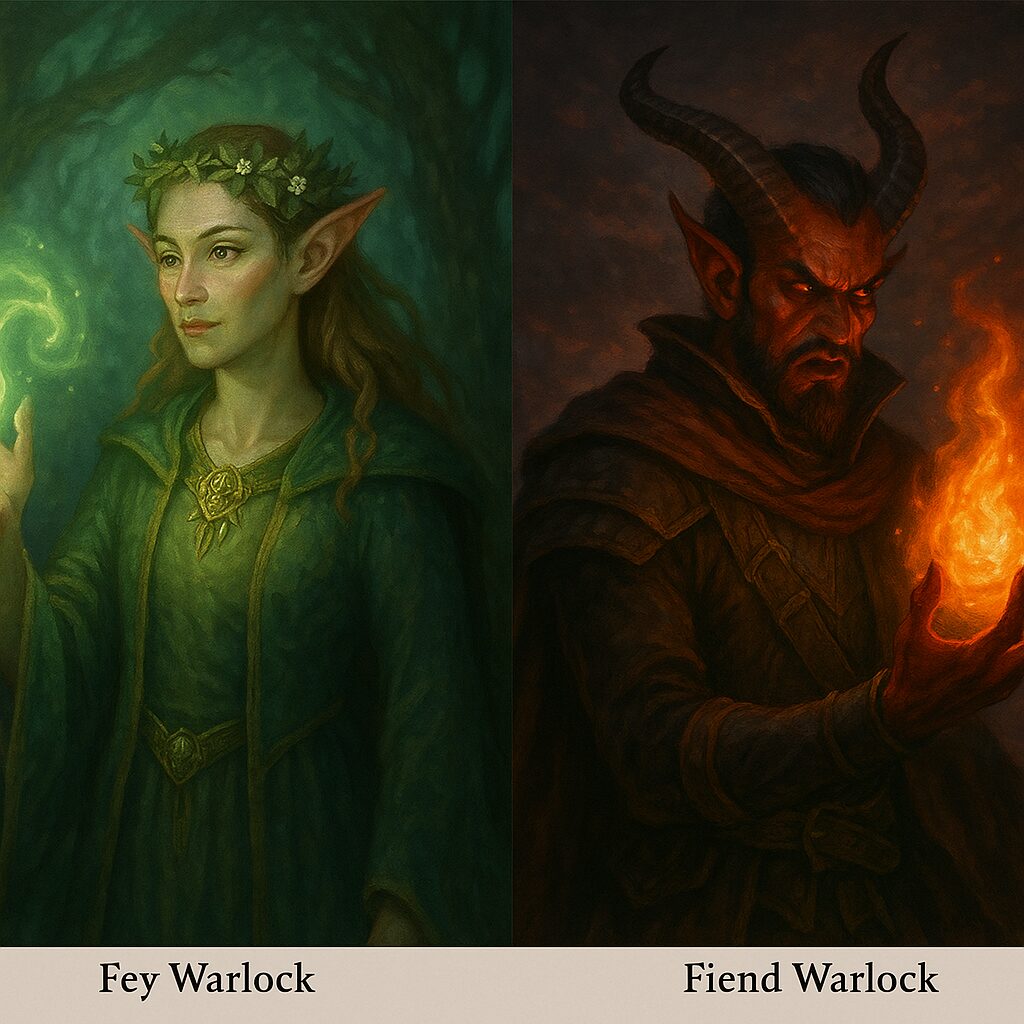
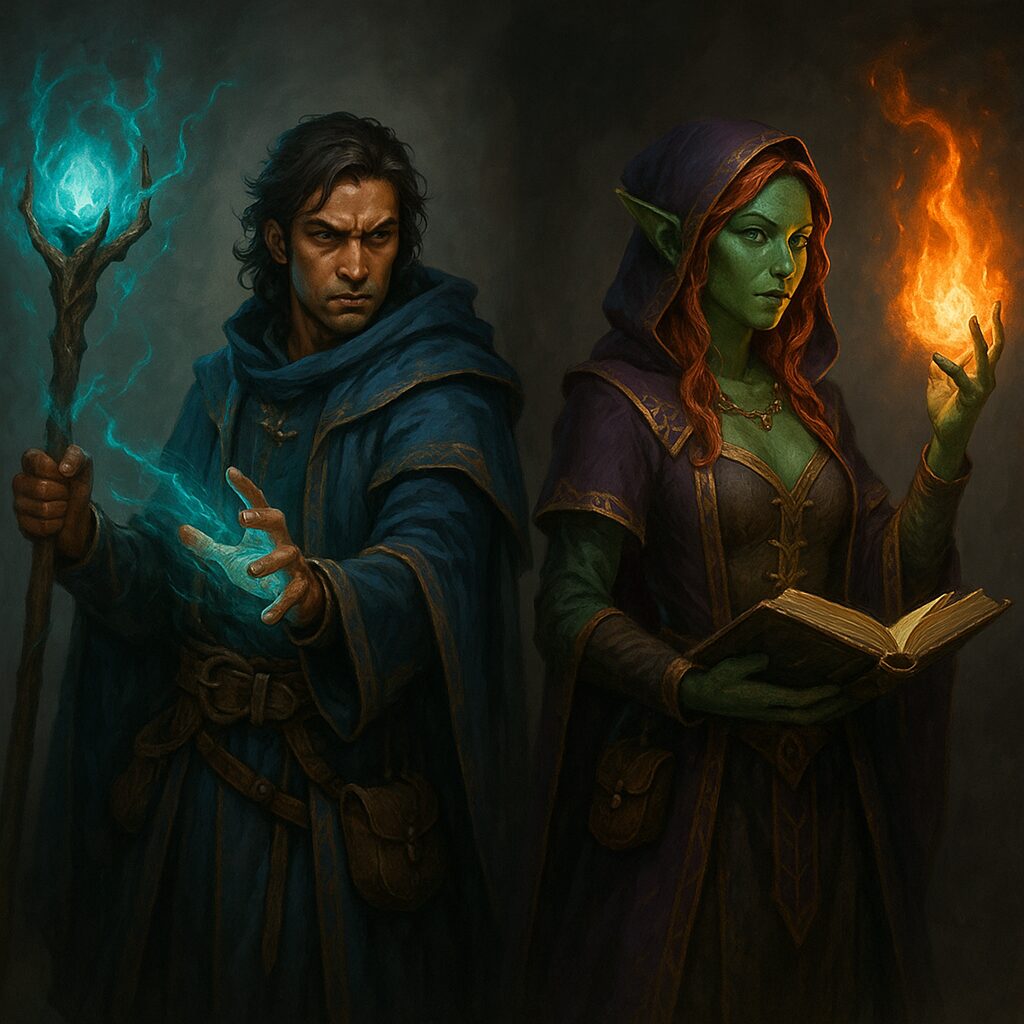
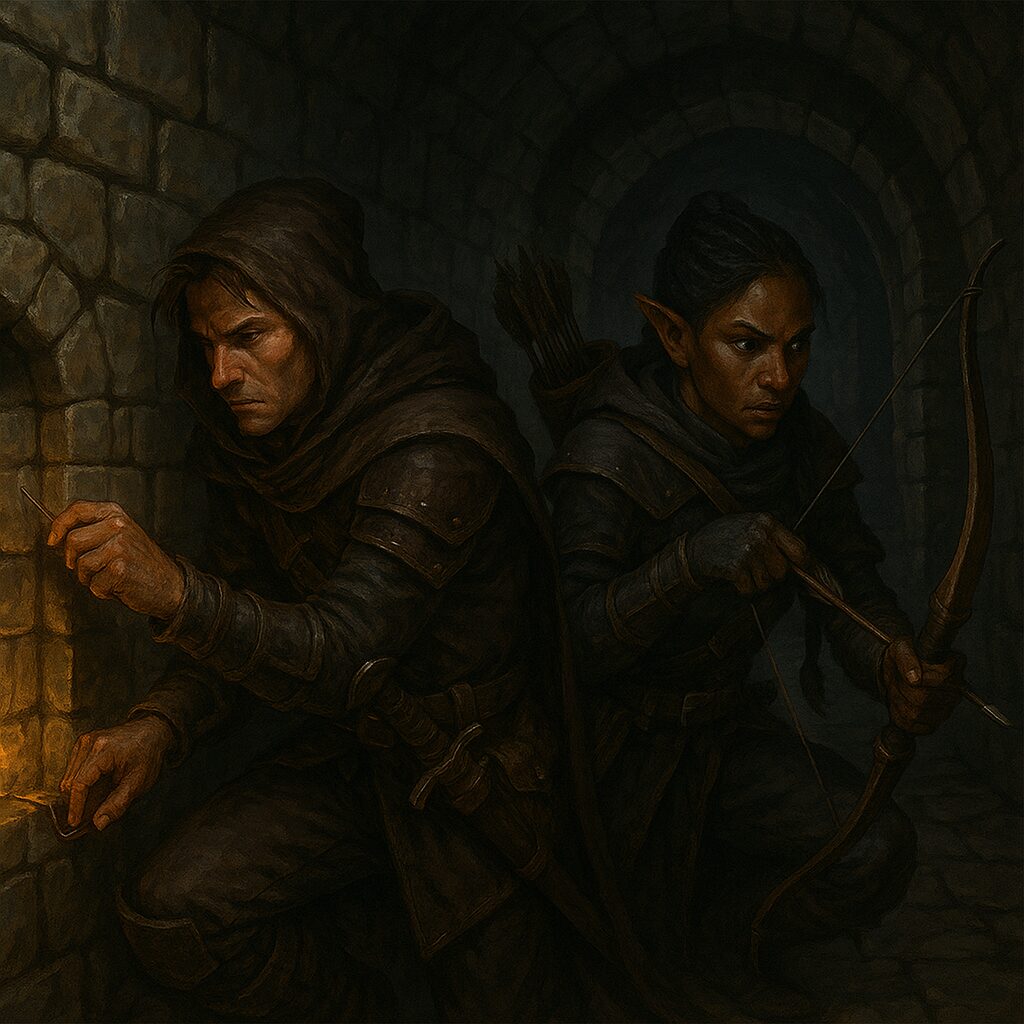
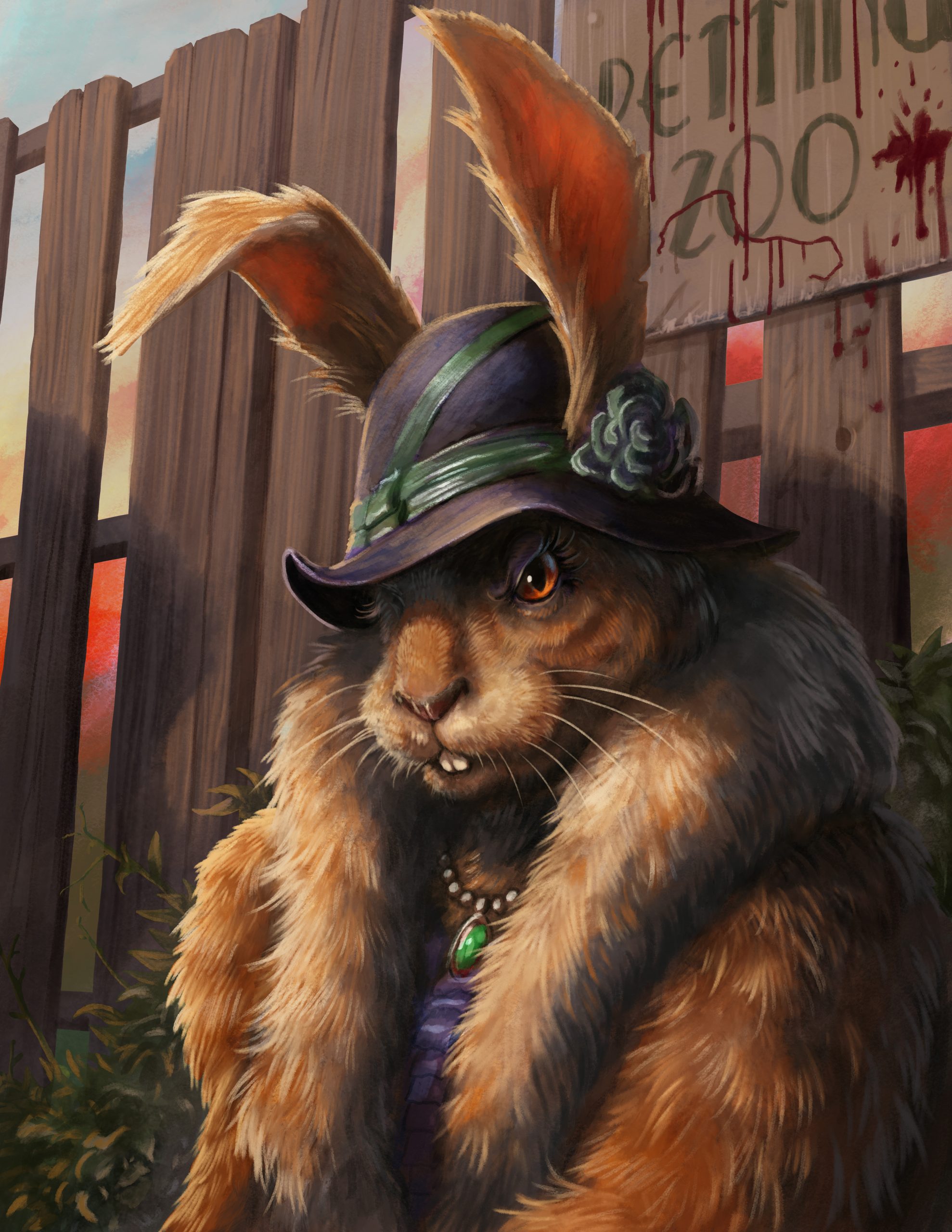
Pingback: Horror Pacing in 5E D&D with Van Richten’s Guide to Ravenloft – Nerdarchy
June 14, 2021 at 10:35 am